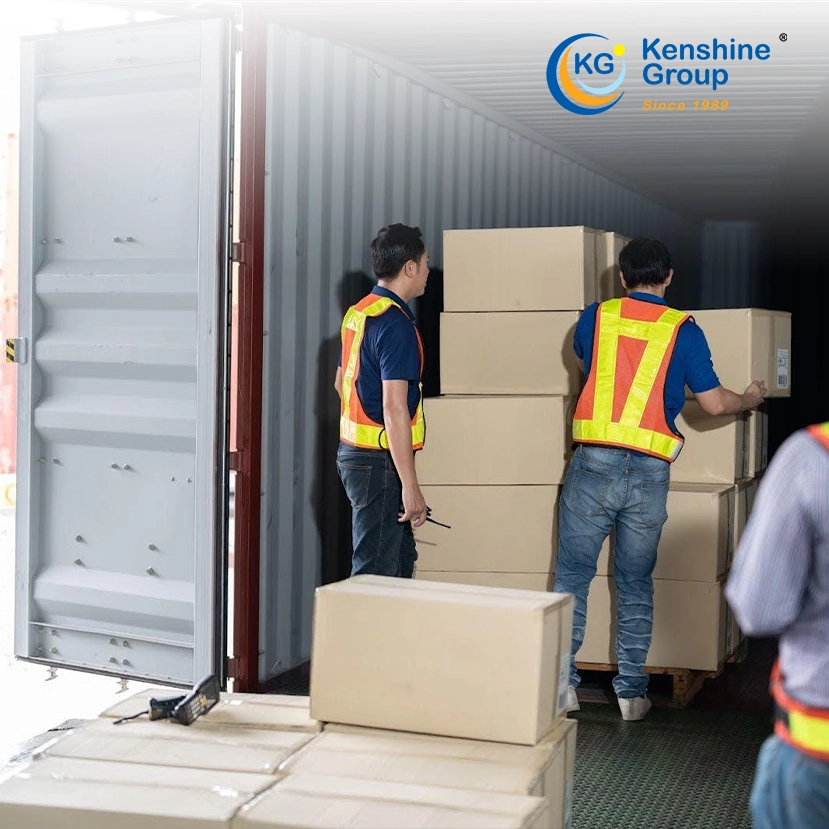Freight Tax Reforms and Impact on Logistics
Freight tax reforms: What does it really mean for your logistics bottom line?
Tax reforms rarely make front-page news in the import-export business until the rate cuts start showing up in freight bills. Governments around the world have been rethinking how freight and logistics are taxed. In India, the 2025 GST overhaul in particular brought headline changes, cutting a number of freight-related services to a concessional 5% GST while changing input tax credit (ITC) rules and reclassifying some multimodal services.
These updates extend their influence across pricing, cash flow, contract law, modal choice, and even your investment decisions. So, what do these reforms really mean for your logistics bottom line? Let’s break it down in practical terms.
What Is Freight Tax Reform Really?
Broadly, the 2025 GST rationalisation (often dubbed “GST 2.0”) simplifies slabs and aligns freight services under new tax norms.
For the logistics sector:
- Many freight and transport services, such as road haulage, container rail, multimodal movement (where no air leg is involved), have been placed into a 5% GST slab, often with restrictions or exclusions on ITC.
- The alternative route is often 18% GST with full ITC, for those willing and able to satisfy stricter documentation and compliance requirements.
- For container movement by private rail (i.e., non-Indian Railways), the rate is now 5% without ITC, or an optional 18% with ITC. Previously, these moved at 12% with ITC.
- For road renting of goods carriages (when fuel is included), third-party insurance of goods carriages, and Goods Transport Agency (GTA) services, a similar reclassification applies: downward to 5% (often without ITC) or upward to 18% with full ITC.
- The changes took effect on 22 September 2025, following the 56th GST Council meeting on 3 September 2025.
On paper, this looks like a win with lower headline tax rates. But the fine print is in the ITC rules and how classification, contracts, and compliance actually work, especially for players in the import export business.
Where the Nuance Lies: ITC, Reversals, and Blocking Credits
This reform is not simply about lower GST percentages; it also revises which credits you can claim, and when you might have to reverse or block previously claimed credits. That makes the effective impact more complex than a flat rate cut.
- The government’s FAQ clarifies that ITC already availed (i.e., credits lying in your e-credit ledger) remains usable and can be used to discharge future output liabilities.
- However, for supplies now taxed at 5% without ITC (i.e., when “no credit” is the rule), businesses must block or reverse credits on inputs and input services relating to those supplies.
- In the case of multimodal transport (without an air leg), the ITC is restricted: you may get credit only for input transportation services, but not for other inputs or services. If any leg is by air, the 18% + full-ITC route applies.
- Because of these rules, even when the headline tax is lower (5%), your net benefit may be limited if you lose credit on key inputs like maintenance, parts, overhead cost allocations, etc.
- Moreover, classification errors, mis-coding in ERP, or mismatches in vendor invoices / e-way / GST return filings could lead to blocked credits, disallowed claims, or penalties.
In short: Lower rates don’t automatically mean lower cost; your ability to realise the benefit depends on credit precision and compliance strength.
How These Reforms Shape Logistics Operations
These tax changes are more than just number tweaks. They affect choices in pricing, contracts, modal strategy, cash flow, and even long-term investment. Below are the key opportunity zones and risks for logistics and import export business players.
1. Rethinking contracts and pricing
- Many long-term freight contracts have tax pass-through or escalation clauses tied to “prevailing GST + input credit conditions.” With the reform, the underlying assumptions may be obsolete.
- You should audit all contracts containing tax clauses and renegotiate where possible, shifting risk and benefit more equitably.
- You don’t have to pass 100% of your savings immediately to customers. A balanced approach may be to share a portion of the benefit, while retaining margin flexibility for variability or misclassification risk.
- For new deals, you might introduce dual pricing options (5% with no credit vs 18% with credit) and let customers choose based on their own tax position.
2. Optimising modal choices
One of the biggest structural shifts is that rail and multimodal transport become more tax-efficient relative to pure roads, especially on longer corridors.
- The tax gap between modes narrows: It may now make sense to extend the first/last-mile road but use rail/coastal for the bulk.
- For shippers focused on greener supply chains, this tax alignment gives rail/coastal a sustainability and cost advantage.
- Logistics network redesign may involve revisiting hub locations, intermodal consolidation points, trunk routes vs feeder legs, and whether more centralized inventory makes sense.
- You might map route-level cost curves with the new tax matrix to decide where road still wins and where combination modes now dominate.
3. Smoother cash flow (if managed well)
Cash flow is often the unseen casualty in logistics taxation regimes.
- With lower outflow on output GST in many instances, your immediate tax burden shrinks, potentially freeing working capital.
- But if your ITC claims are blocked or reversed due to errors or classification mismatches, your credit pool shrinks, and cash flow may suffer.
- The players who win will be those whose finance, operations, and compliance teams are tightly aligned, ensuring that billing, e-way, vendor invoices, ERP tax codes, and GST returns align seamlessly.
4. Elevating customer conversations & value
Freight providers now have a chance to become consultative partners, not just rate-quoters.
- Be transparent with your customers: show them how the reforms affect their freight bills, how much you’re passing on, and where you’re retaining margin for risk.
- Advise customers on mode shifts, routing changes, or timing strategies (e.g. batching shipments) to maximise tax advantages.
- Use your tax literacy as a differentiator. A shipper who trusts you to manage the complexity is likely to stick, even if your base rate is a little higher, a key trust factor in the import export business.
5. Drive operational efficiency & invest in compliance tech
When tax rules get more layered, manual processes become a liability.
- Invest in TMS, ERP, and GST system integration so tax codes, billing, classification, and filing sync end-to-end.
- Deploy invoice-matching, OCR, and anomaly-detection tools to reconcile vendor/customer invoices quickly and spot mismatches.
- Automate ITC blocking/ reversal logic and alerts to avoid human error.
- In time, the cost of errors, audits, and reconciliations may exceed the headline tax savings, so treat compliance as a strategic investment.
6. Strategic use of freed-up margin
The final, crucial question: What do you do with extra margin (if you unlock it)?
- Don’t chase volume via rate cuts alone. Instead, reinvest into value-added services: Improved visibility, faster delivery SLAs, bundled insurance, or premium handling.
- Upgrade your fleet or infrastructure: Newer, fuel-efficient vehicles; modern terminals; better tracking.
- Invest in sustainability programs: lower-carbon modes, greener packaging, facility efficiency. These play well with global shippers and ESG mandates.
Wrapping up
Freight tax reforms like these are a strategic turning point. The winners will be those who re-evaluate their networks, strengthen compliance, and use this transition to create competitive differentiation. At Kenshine, with decades of logistics experience behind us, we believe every tax reform can be an opportunity. We help businesses translate tax and policy shifts into actionable strategy, optimising networks and documentation workflows. From global Import export business operations to domestic supply chains, Kenshine ensures your logistics performance stays compliant, cost-efficient, and ahead of change








